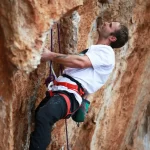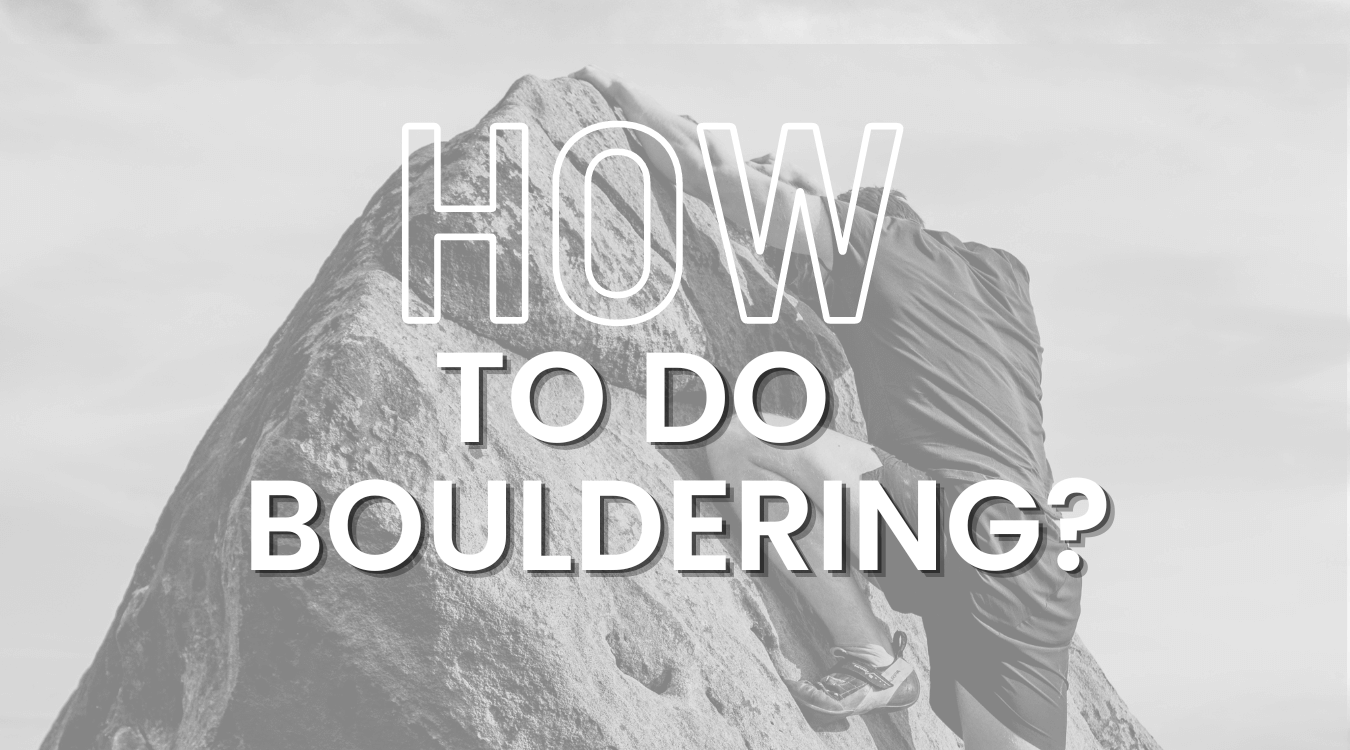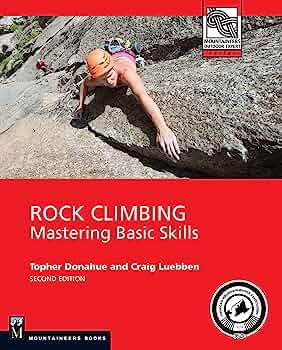How To Do Bouldering
One of the most significant climbing types is called How to do bouldering, which might have become the most well-liked these times. It can be done in teams, doesn’t involve substantial walls or tricky knots, and is enjoyable. Bouldering is the most popular type of indoor climbing, particularly in urban areas. It’s an excellent manner to obtain in shape, learn something new, or have fun.
A little knowledge is needed to reap the benefits of bouldering. We have analyzed a comprehensive documentary on beginning your bouldering professional life as a service.
What Is Bouldering?
Bouldering is done on nearby rock surfaces or manufactured rock walls without applying ropes or anchors. Although bouldering can be practiced without tools, most climbers utilize bouldering pads to protect their bodies from injuries, gloves for hand care, knee pads, and climbing shoes to aid lock power bases.
Bouldering challenges are typically under 20 height limit, in contrast to free solo climbing, which is also practiced ropes-free. A traversal boulder issue requires the climber to move laterally from one side to the other. Boulderers can climb inside without access to natural rocks on manufactured climbing walls. Additionally, both indoor and outdoor venues are used for bouldering contests.
The sport’s primary intent was to provide climbers with a safe environment to practice specific movements while preparing for roped ascent and climbing. The sport also helped to improve wrist strength and endurance. The bouldering competition 2022 saw bouldering develop into its field. Ratings are given to specific issues depending on their complexity. While several ranking projects have been employed during the background of bouldering, the V-scale or the Fontainebleau scale are typically utilized for current challenges.
Bouldering VS. Rock Climbing
You might think that bouldering and rock climbing seem similar if you’re entirely unfamiliar with the activity. Despite having a tight relationship, these two tasks are distinct creatures with varying problem grades.
Rock climbing is an active sport that includes scaling naturally occurring rock structures with ropes and specialized gear. Rock climbing is also possible along pre-established courses on rock walls created by humans.
A skilled climber needs stability, power, versatility, and cognitive flexibility. Rock climbing is intellectually and physically taxing and can be highly hazardous without the correct information, skills, and protection.
Bouldering, a climbing technique that entails ascending to leap heights without a clip or a rope, is based on the term “boulder.” Most athletes enjoy this climbing field because it pushes them over their physical limitations. It enables people to train swiftly and adaptable in a shorter amount of time.
It is also possible to complete it by yourself since a climbing mate is not necessary to assist with belaying. You can improve your balance and agility through bouldering. If you drop, there isn’t a rope to hold you because you are so near to the earth. Alternatively, the damage is lessened by using protection pads.
Bouldering VS. Sport Climbing
Sports climbing and bouldering require significantly different activities, security precautions, and sometimes even climbing tactics from one another. Sports climbing is more effortless than bouldering, though. Because of its absence of tools and relaxing stance, it is significantly more energetic and demands more upper body strength.
Sport climbing entails challenging ascents on comparatively easy climbs. Pre-placed anchors and a focus on the physical challenge of the ascent instead of the final objective or peak are some of its distinguishing features.
The sport attracts newbies thanks to its enjoyable and frequently aggressive environment and the instant thrill of conquering numerous challenging climbs in one session. It also makes sense for gym climbers who wish to apply their talents to the mountains.
Bouldering is a type of climbing where you can securely climb without a harness or rope. Typically, bouldering slopes are 4.5 meters high or less. All slips end in the climber striking the surface; hence a crash pad is utilized to reduce the force because there isn’t a gear to grab climbers if they drop. As the prominence of international competitions increases, bouldering is becoming increasingly popular. When bouldering makes an International game, its celebrity status will only increase.
Bouldering VS. Lead Climbing
Lead climbing typically applies to ascents made while attached to a rope and protected from falls by hooking into solid support placed along the mountain. Sport climbing, in which anchors are hammered into the cliff, includes lead climbing. Quickdraws are fastened to the backpack of climbers, with one end clipped to the clip while the other is fixed to gear.
You can lead climb both inside and outside. The bolts are just around a meter distant, and the quickdraws are pre-hung and correctly verified inside. The quickdraws you set outside may have two or three meters distant bolts. Additionally, the bolts can be rusty, aged, or installed improperly, so you must ultimately decide whether you can put your trust in them.
While bouldering lowers everything to only the physical aspect of the process without requiring much equipment, every action, hold style, and the majority of jargon are identical. By providing a brand-new method for training complicated sequences, classical bouldering has extended the boundaries of climbing in its entirety. The ability to repeatedly complete challenging sequences significantly impacts how ability grades advance.
Climbers often concentrated on their rope and equipment abilities, but nowadays, bouldering is often their main exercise. It allows you more opportunity to focus on developing a solid hand, a sturdy body, and a perfect style on the rock. Some concentrate purely on bouldering, while others use it as practice for larger surfaces.
How To Do Bouldering?
Bouldering is a fantastic full-body exercise as it burns calories. Additionally, it is an enjoyable activity that enhances stability and flexibility, and needs little but proper equipment. It is a form of climbing, but no rope is usually involved, so you don’t need to know how to use a safety harness. As a result, there is frequently more footwork than relative direction, yet it is still incredibly demanding. Here is a short guide on bouldering basics.
Choose A Routing Path: Start small if you haven’t scaled previously. Starting at the bouldering center is as simple as choosing a course. The routes are typically color-coded by the degree of difficulty in bouldering gyms. Larger grips and less harsh elements can be found on the intermediate routes. The grips get shorter, more dispersed, and prefer to span more difficult rock walls and sloping as you progress higher.
Chalking: Get accustomed to chalking during ascending to prevent blisters from forming on your hands. Attempt dipping one hand inside the sack while keeping the other free for support.
Rest: It’s essential to take breaks, particularly when you begin climbing bigger planes with 30, 50, or 100 supports or more. Utilize areas along these approaches that allow you to unwind at least a portion of your muscles by standing or wedged in place.
Paths Exercise: Visualizing a route before you face it in training is a terrific method to prepare your strategy. Consider wherein your main legs will move when you transition from one grip to the next. Eventually, your experienced senses will recognize even the slightest rock formations and dings as potential holding points. No one will deduct points from you in the beginning if you don’t follow the planned route strictly. Use as many holds as you need in the beginning until you have a taste for it.
Observe Your Surroundings. Don’t allow the bouldering exercise equipment to make you down; they will always be present. The finest climbers in near you are usually preschoolers with light bodies and inherent talent. Preferably, keep an eye on individuals of the same physique as they maneuver. Observe the intricate arm and movement and do your most OK to imitate it on your own.
Final Remarks
Bouldering has a propensity for being challenging when matched to other climbing styles. It’s all about perseverance and pushing boundaries. Rock climbing without a harness or gear is called bouldering, which is done relatively near the surface. You require a set of climbing shoes, a chalk bag, and a sizable foamy crash mat to complete, which can be performed inside and outside—climbing directly on a boulder instead of a cliffside or mountain.
Though it adds to the elegance, don’t forget to have great times. Although the movements may be challenging, the excellent environment, the numerous prizes, and the cliffs are ready.
FAQs
Does bouldering help you get better at rock climbing?
You become an improved rock climber by bouldering. Bouldering concentrates on your cardiovascular endurance without worrying about other protection abilities and gear because it is more physically demanding than rock climbing. It also tests your muscles and tendons, causing stiffness in different areas of your body that you eventually become comfortable with.
Is climbing once a week enough?
For beginners, climbing every week is sufficient to advance their climbing skills. For meaningful effects, pro climbers will be required to climb more regularly. The climbing practice’s length, rigor, and organization impact the climber’s advancement.
What purpose does bouldering serve?
Bouldering is rock climbing reduced to its most basic forms. Your task is to perform moderate, complex bouldering challenges utilizing stability, skill, power, and intellect while eschewing ropes and harnesses and solely employing climbing shoes and a chalk bag across protective pads.

Leah Leonard
Leah Leonard is a renowned author and seasoned climber, best known for her captivating book, “Perfect Climbing.” Her experiences scaling the world’s most formidable peaks have not only shaped her adventurous spirit but also lend a unique authenticity to her compelling narratives.

